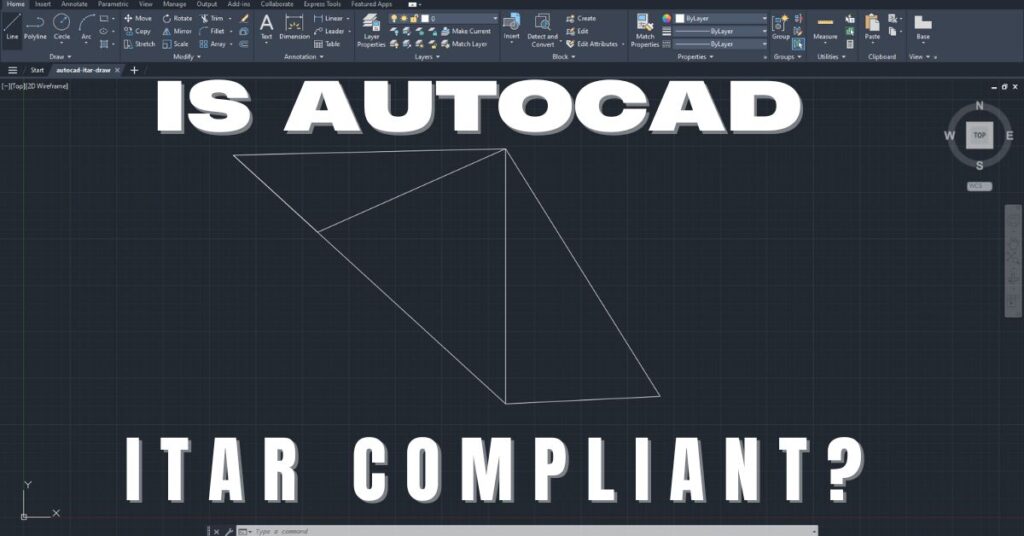What is Controlled Unclassified Information (CUI)
Controlled Unclassified Information, or CUI, is an integral yet often misunderstood component of information management across government agencies and contractors. Stemming from EO 13556, CUI standardizes the handling of sensitive data to align confidentiality and ethical data usage among public sector entities. It is any information that requires safeguarding or dissemination controls under federal regulations or government-wide policies. CUI includes anything from medical records to PII, meaning CUI permeability touches vast swaths of public and private organizations. Understanding CUI designations, markings, and security protocols is thus essential for ensuring regulatory compliance and avoiding unintended release of sensitive information.
Understanding the Concept of CUI
CUI is managed by the National Archives and Records Administration (NARA), as mandated by Executive Order 13556. NARA establishes policies and guidelines for protecting controlled unclassified information, ensuring a consistent approach across all federal agencies. The regulations governing CUI can be found in 32 CFR Part 2002, which outlines the requirements for safeguarding or dissemination controls.
What is the Purpose of ISOO CUI Registry
The ISOO CUI Registry is an online resource that provides a comprehensive list of CUI categories and subcategories. It provides guidance for federal agencies in implementing and managing their CUI programs. The registry is intended to help agencies understand their responsibilities when it comes to protecting CUI and to foster consistency in the handling and safeguarding of sensitive information across the federal government.
Responsibility for Protecting CUI
The responsibility for protecting CUI is shared among multiple parties, including:
- Federal Agencies
- Federal agencies are responsible for implementing and enforcing CUI policies. They must create and maintain a CUI program, ensuring that proper controls are in place for safeguarding or dissemination of controlled unclassified information.
- Contractors and External Organizations
- Organizations that work with federal agencies and handle CUI must also ensure that they are compliant with the relevant regulations and policies. This includes contractors, subcontractors, and other external entities that have access to CUI.
- Individual Employees
- Employees who handle CUI must be aware of their responsibilities when it comes to protecting sensitive information. They must adhere to agency-specific policies and procedures related to the handling, marking, safeguarding, and dissemination of CUI.
CUI Classification
CUI is classified into different categories and subcategories based on the nature of the information and the specific safeguarding or dissemination controls. Examples of CUI categories include:
- Export Controlled Information
- Privacy Information
- Critical Infrastructure Information
The ISOO CUI Registry provides detailed guidance on the classification and handling of various types of Controlled Unclassified Information. This helps to ensure that sensitive information is protected consistently across federal agencies.
Conclusion
Controlled Unclassified Information (CUI) is an essential aspect of information security within federal agencies. Understanding the purpose of the ISOO CUI Registry, knowing who is responsible for protecting CUI, and being aware of CUI classification are all important elements of maintaining proper safeguarding or dissemination controls. By adhering to the regulations and government-wide policies outlined in 32 CFR Part 2002 and Executive Order 13556, organizations can effectively protect sensitive information and contribute to national security.
Share in Social Media
See More Case Studies

Securing Defense Contracts: A DFARS 252.204-7012 Compliance Case Study
Discover how Cleared Systems helped a Federal Contractor successfully achieve DFARS 252.204-7012 compliance by strengthening its cybersecurity posture, giving it a competitive edge when bidding for DoD Contracts.

What is GCC High? For ITAR & CMMC 2.0
Microsoft 365 Government Community Cloud (GCC) High is a specialized cloud solution tailored for U.S. federal, state, local, tribal, and territorial government organizations, as well as for contractors who hold or process data subject to specific security regulations. In this article, we will explore the features, benefits, and differences between Microsoft 365 GCC High and other Office 365 offerings.

Is AutoCAD ITAR Compliant? A Comprehensive Guide for Defense Manufacturers
Defense contractors and manufacturers working with sensitive military technologies face a critical question when selecting computer-aided design software: Is AutoCAD ITAR compliant? This question becomes

How to Get Help in Windows: Guide to Security and Compliance Support
In today’s digital landscape, ensuring your computer systems are secure and compliant with industry regulations is essential for both businesses and individuals. Windows, as one

Microsoft Copilot for GCC High: Enhancing Security and Compliance
In today’s fast-evolving digital landscape, organizations that handle sensitive data, particularly those in government sectors or defense contractors, face growing pressure to maintain strict security
Partner with Us for Compliance & Protection
We’re happy to answer any questions you may have and help you determine which of our services best fit your needs.
Your benefits:
- Client-oriented
- Security
- Compliance
- Peace of mind
- Efficiency
- Trust
What happens next?
Schedule an initial meeting
Arrange a discovery and assessment call
Tailor a proposal and solution
